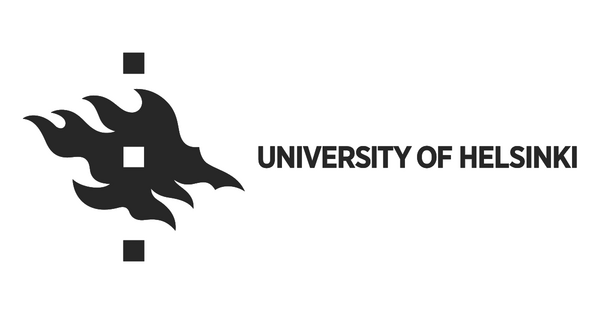University of Helsinki: Telecommuting highlights the increasing inequality of professional life
Technical solutions make it possible to detach work from time and space. Compared to on-site work, telecommuting more easily creeps into spaces dedicated to domestic life and free time.
“The coronavirus period exposed the differences between families and care duties, which also affects the possibility of working remotely,” says Docent, Research Coordinator Mira Karjalainen.
“At its worst, telecommuting can reinforce classification, racialisation and gendered inequality.”
Karjalainen is working in the CoWeAll project, which examines questions pertaining to equal professional life from the pandemic perspective. Karjalainen’s research focuses on the blurring of work-related boundaries on the basis of surveys conducted at a business involved in knowledge work, first in September 2020 and again in September 2021. In other words, the entire study has been carried out during the pandemic.
Boundaries of work are wavering
“Statistically, the majority of care duties are distributed among women. However, the coronavirus period brought this issue to the fore also for men, many of whom have not traditionally spent the infancy of their children at home,” Karjalainen says.
Telecommuting conditions are also affected by the level of wealth and housing opportunities. Karjalainen points out that telecommuting arrangements are easy to implement in a large house, whereas people living in smaller apartments have more challenges.
Those in expert positions are accustomed to managing themselves, but the transition to telecommuting broke the structure of the workday, making it difficult to separate work from free time. Some people living on their own worked non-stop, forgetting about breaks and eating. At that point, they were no longer in control of their work.
“All respondents felt that telecommuting changes the boundaries of work. Women in particular considered it a mistake to neglect or cut down on handling matters that feel like duties, such as networking. An idea of needing to always do more emerged from the responses. There is no end in sight when it comes to a guilty conscience.”
Increasing inequality is a human rights issue
Inequality has always been a part of professional life. As examples, Karjalainen points to the history of industrialisation, mining accidents and the servant institution. Can inequality be eliminated altogether?
“I don’t think we can ever get rid of it all, but you have to fight it,” Karjalainen says.
“Living a good and fair life includes the idea of striving to eliminate inequality. That is the aim of legislation as well. If people feel that they are unimportant to society and have no influence in it, they don’t want to participate in societal activities through, for example, voting or observing the law. This way, increasing inequality can result in the breakdown of the social order due to the glue that holds it all together disappearing.”
According to Karjalainen, increasing inequality at the individual level means that not everyone has the opportunity to pursue a good and meaningful life. It also means an increase in human suffering, as paying for rent and food compels people to, among other things, take three different jobs.
Inequality is reflected in the results of work
Mira Karjalainen believes that increasing inequality in professional life has far-reaching consequences.
“Legislation is not discriminatory as such, but you can see who are advancing in their careers: many of them are white men who don’t have to cancel meetings because their child is sick. This generates a model for who should pursue career advancement. In terms of employers as well as work performance and results, it also comes down to whether the best people are matched with the most suitable jobs.”
If body-related restrictions, gender, skin colour or family circumstances, among other factors, prevent career advancement, the best talents can end up working in the wrong positions. And this is directly reflected in the results of work. Consequently, eliminating inequality also benefits employers.
In Karjalainen’s view, organisations and employers as well as decision-makers and legislation are primarily responsible for solutions that reduce inequality.
“We want to be able to trust that our societal operators are responsible and that they have everything in order.”
Appearance is an element of telecommuting too
Also highlighted in the study carried out by Karjalainen were aesthetic and emotional work, something which also underwent a change in the telecommuting period.
“Among other things, aesthetic work means the way in which employees get ready for Zoom meetings: how much they invest in their appearance and clothing. While appearance norms did not disappear altogether, they adapted to what the display screen conveys to others.”
Emotional work refers to expressing feelings relevant to work: waiters always smile cheerfully at their customers, while knowledge workers carry the burden of their colleagues’ frustration and fear.
“Communicating feelings over remote connections was found to be frustrating and difficult. People couldn’t cheer their colleagues on in the way that they wanted to. In the early days of the pandemic, employers were concerned about the coping of their employees, since feelings were not conveyed to a sufficient degree online.”
In the study, Karjalainen asked what respondents missed the most about the pre-pandemic era. In the first survey, conducted in September 2020, the longing for social relationships was much milder than in the survey conducted a year later.
“A total of 90% of respondents missed meeting their colleagues and having random encounters with them.”

